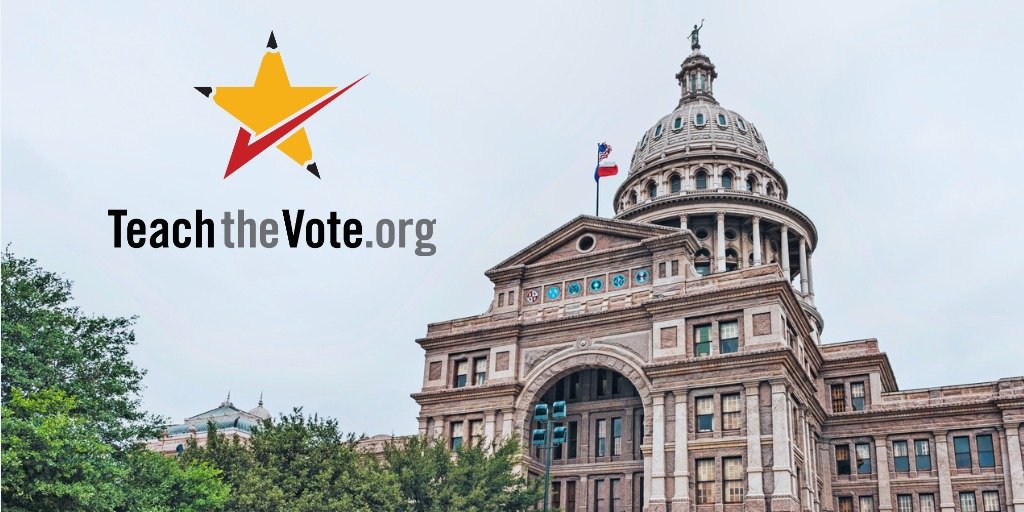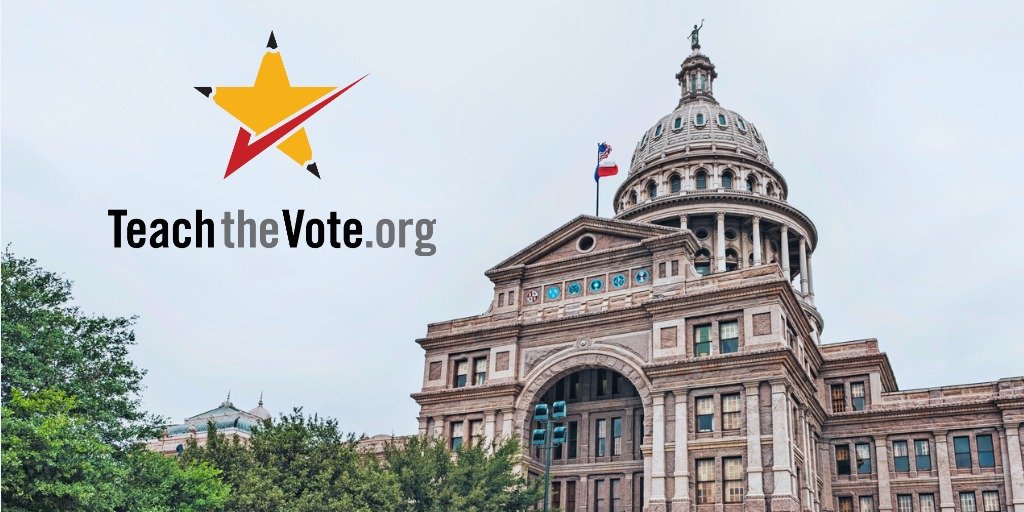Food for thought: School nutrition and COVID-19

School Finance Congress | Federal COVID-19
Date Posted: 8/04/2020 | Author: Andrea Chevalier
When the COVID-19 pandemic struck Texas in March, one of our first concerns was how students who normally relied on the school for meals would continue to have access to nutritious food. Public school districts went above and beyond to ensure students continued receiving meals, parking at motels for meal distribution, initiating drive-thrus, and packing different foods that worked better for grab-and-go. These efforts contributed to higher costs for public school nutrition services this spring, which put a financial strain on districts' ability to continue providing meal service to those who need it the most.

But it isn't just the higher costs associated with out-of-school meal service that is a concern; it is also the lower numbers of students accessing meals that is straining districts. According to recent reporting by Politico, the National School Lunch Program served 28 percent fewer meals in March 2020 compared to March 2019. North East ISD estimated a $2.6 million shortfall this spring due to increased costs from serving more expensive foods for grab-and-go consumption and decreased revenue from fewer meals served. While census data is used for meal service planning purposes, districts are actually reimbursed for nutrition services based on the number of meals served and whether students qualify for free or reduced-price meals. Students who purchase meals at school, or even a la carte food items, help provide extra revenue to districts that enable them to break even in their food operations.
Federal waivers provided in the spring allowed school districts to serve meals at any campus, without students present, and at no cost to all students, regardless of their eligibility for free and reduced-price meals. This flexibility has not been extended by the U.S. Department of Agriculture, which could inhibit districts' ability to receive enough reimbursement to maintain operations without needing financial support from other district funds (which are also tight at the moment). Furthermore, the expectation for families to fill out and districts to process free or reduced-price meal eligibility paperwork could create an unnecessary burden for families and schools. It is expected that millions of children have become eligible for free and reduced-price meals due to the economic effects of the pandemic. Pending legislation in Congress could address meal service flexibility in schools, as well as general funding, but negotiations are currently stalled due to debates over unemployment benefits.
Schools are part of larger district systems, which are part of state systems and federal systems. These systems work together to ensure that students' basic needs are met, such as having a nutritious meal to eat, which allows for learning to occur. When school nutrition services are strained, these basic needs can also become strained. Other benefits such as the Pandemic Electronic Benefit Transfer (P-EBT) have provided essential funds to families, but P-EBT does not guarantee the "square meal" nutrition of the school nutrition programs. In order for schools to continue acting in creative and courageous ways to get meals to students, more will have to be done to ensure financial stability for these programs.
CONVERSATION
RECOMMENDED FOR YOU

Congress | Federal, COVID-19, Curriculum | Instruction, Educator Compensation | Benefits, Educator Preparation | Certification, Elections, School Finance, School Safety, Testing | Accountability, Texas Legislature
08/04/2023
Teach the Vote’s Week in Review: Aug. 4, 2023
ATPE weighs in on current political climate for education in Houston Chronicle story—plus, a look at federal ed prep and special education developments.

04/02/2025
House Public Education Committee postpones vote on school finance, vouchers to Thursday
Educators have additional time to use ATPE’s Advocacy Central to share their thoughts on these critical issues.

03/28/2025
Teach the Vote’s Week in Review: March 28, 2025
Even halfway through the session, the 89th Texas Legislature is already shaping up to be one of the most consequential sessions in recent history for public education and educators across Texas.

